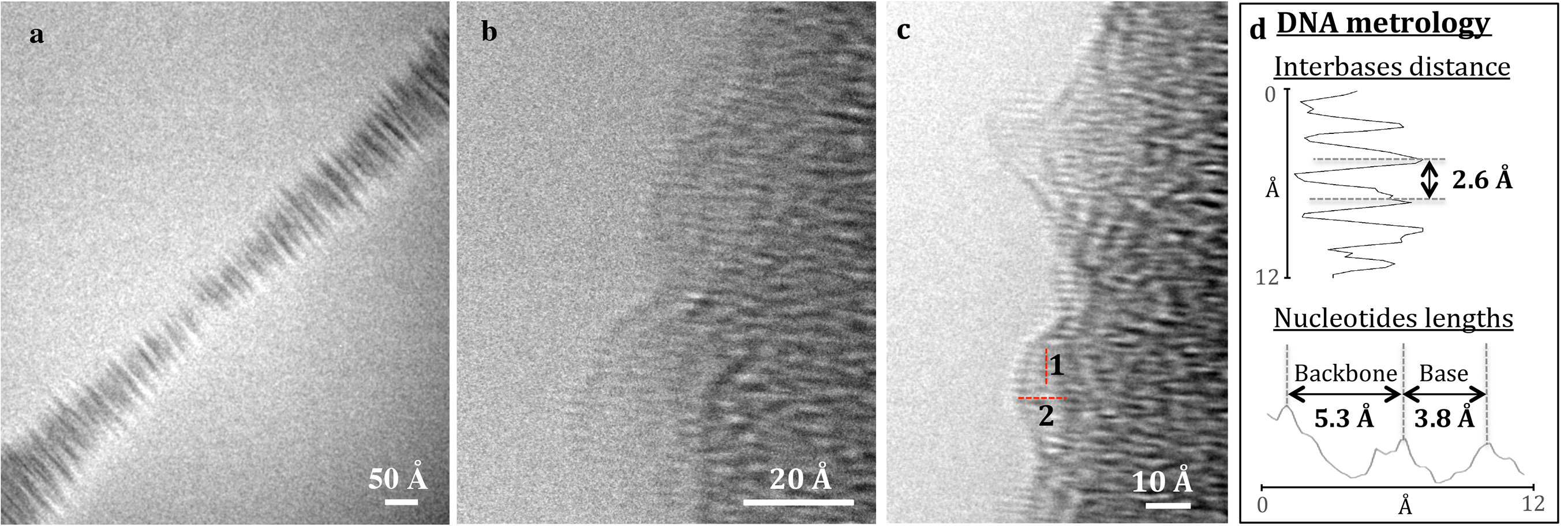News Items
The structure of DNA by direct imaging by Dr Monica Marini
Dr Monica Marini, Physical Science and Engineering (PSE) and Biological and Environmental Sciences and Engineering (BESE) divisions at King Abdullah University of Science and Technology (KAUST).
Abstract:
Super-hydrophobicity is a well-known and studied phenomenon in the field of surface sciences. We reported a novel unifying approach based on micro-fabricated super-hydrophobic devices aimed to the direct imaging and structural studies of nucleic acids, nucleic acid–protein complexes (e.g. DNA/Rad51 repair protein complex) and neuronal ion channels (gap-junction, K+ and GABAA channels). The preparation method is compatible with physiological conditions and, combined with the super-hydrophobic properties of the device, allows the self-assembled and oriented suspension of bio-macromolecules. The self-organized structures obtained were characterized by different techniques such as electron microscopy, Raman and SERS spectroscopies. Conventional Transmission Electron Microscopy (TEM) and high-resolution TEM (HRTEM) were used to solve structural details of the biomolecules and to achieve a resolution down to 3.3 and 1.5 Å, respectively.
Biography:
Monica Marini had her Ph.D in Nanotechnology in 2012 at the Universities of Trieste, with a thesis on DNA-nanobiosensors. From 2011 to 2013 she joined the Nanostructures Department at Istituto Italiano di Tecnologia (Genova, Italy). Since November 2013 she holds a Post-Doc position at the Physical Science and Engineering (PSE) and Biological and Environmental Sciences and Engineering (BESE) divisions at King Abdullah University of Science and Technology (KAUST). Her research interest is focused on the direct imaging and characterization of single free-standing biological molecules such as membranes, proteins, nucleic acids and their interaction with other biological and non-biological materials.

published on:
